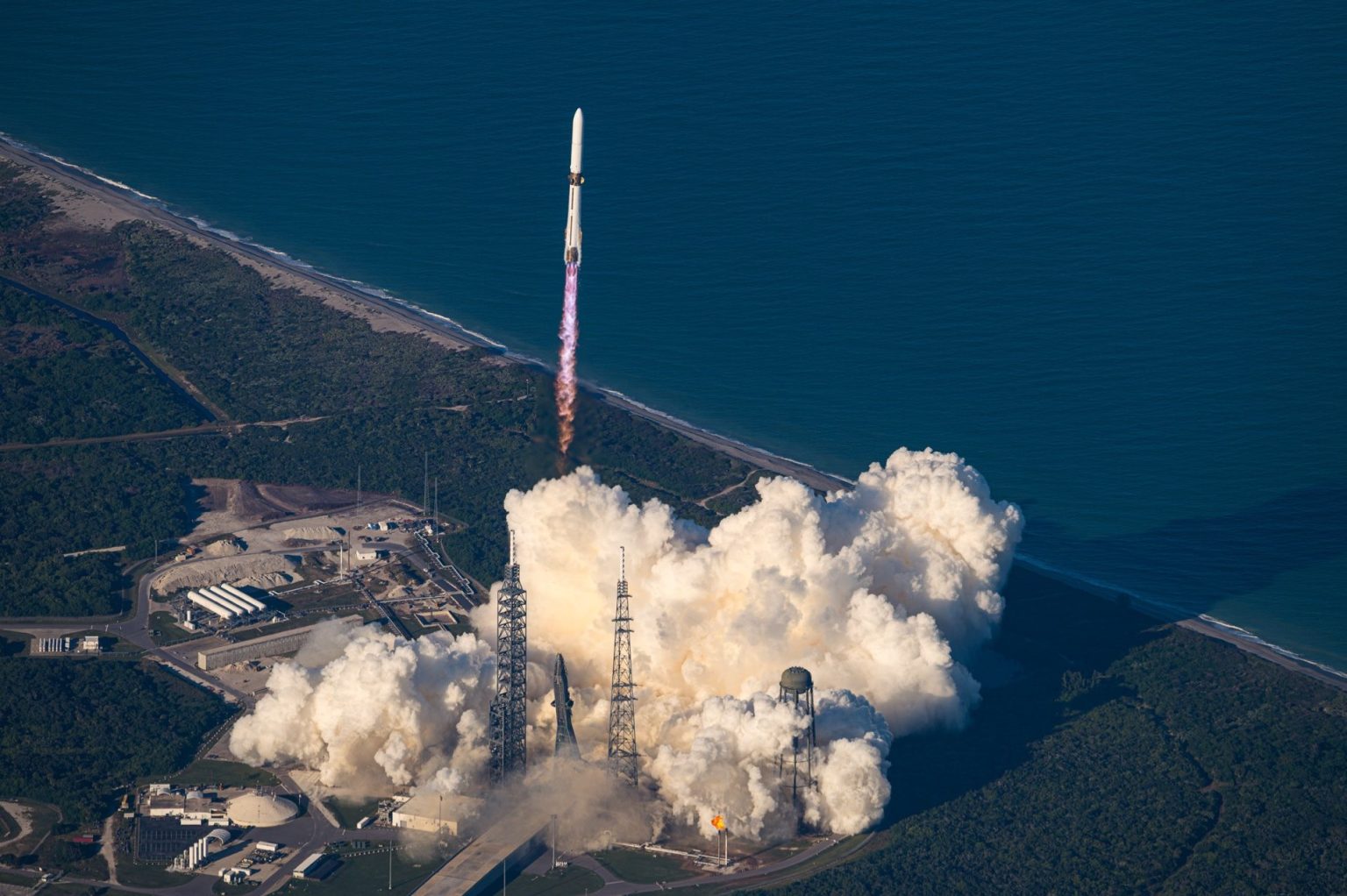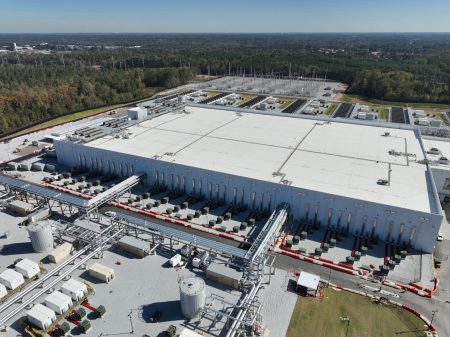Blue Origin’s New Glenn Rocket Soars Successfully to Mars with NASA’s Escapade Mission
In a triumphant display of American space innovation, Blue Origin’s New Glenn rocket lifted off flawlessly from Cape Canaveral Space Force Station at 3:55 p.m. ET on a mission to send NASA’s Escapade probes toward Mars. This marks the second successful flight of Jeff Bezos’ heavy-lift rocket, named after astronaut John Glenn, the first American to orbit Earth. After two earlier launch attempts were scrubbed due to cloudy weather and a solar storm, the massive rocket rose majestically into the Florida sky, carrying twin spacecraft designed to study the Martian environment. The mission represents a significant milestone not just for Blue Origin but for the broader commercial space industry, as the company demonstrates its growing capabilities to compete in the orbital launch market dominated by SpaceX.
Perhaps even more remarkable than the launch itself was Blue Origin’s successful recovery of the New Glenn first-stage booster. Minutes after liftoff, the massive booster—playfully nicknamed “Never Tell Me the Odds”—navigated back to Earth and touched down precisely on a floating platform in the Atlantic Ocean named Jacklyn, after Bezos’ late mother. This achievement was met with jubilant celebration from Blue Origin team members at Mission Control and at the company’s headquarters in Kent, Washington, where Jeff Bezos himself watched the historic moment unfold. “Congratulations, Team Blue—you guys did it!” exclaimed Ariane Cornell, vice president of New Glenn strategy and business operations, during the webcast. This recovery marked Blue Origin as only the second company after SpaceX to successfully return an orbital-class booster, a critical capability for reducing launch costs and increasing flight frequency.
While the booster return captivated viewers on Earth, New Glenn’s second stage continued its journey, successfully deploying NASA’s twin Escapade probes approximately 30 minutes after launch. These spacecraft, officially named the “ESCApe and Plasma Acceleration and Dynamics Explorers,” have begun a fascinating trajectory that will include looping around Earth for a gravitational assist maneuver about a year from now. This slingshot effect will provide additional momentum to carry them to Mars by 2027, where they’ll enter synchronized orbits to study the Red Planet’s magnetic field, upper atmosphere, and ionosphere from different perspectives simultaneously. The $78.5 million mission is scheduled to continue its scientific work until 2029, providing valuable stereo measurements that single spacecraft cannot achieve.
The scientific goals of the Escapade mission extend beyond pure academic interest. According to principal investigator Robert Lillis, a space physicist at the University of California at Berkeley, the data collected will be crucial for preparing future human missions to Mars. “Understanding how the ionosphere varies will be a really important part of understanding how to correct the distortions in radio signals that we will need to communicate with each other and to navigate on Mars,” Lillis explained. The twin probes—appropriately named Blue and Gold after Berkeley’s school colors—will also investigate how Mars lost much of its atmosphere over billions of years, a key piece in understanding the planet’s climate evolution. By measuring how the solar wind interacts with Mars’ upper atmosphere, scientists hope to unlock secrets about both Mars’ past habitability and potential challenges for future human exploration.
The journey to this successful launch wasn’t without complications. Escapade was originally scheduled to lift off a year ago, but NASA postponed the mission, citing potential costs of launch delays that might result from various factors—likely including uncertainties about New Glenn’s readiness. Additional delays followed as Blue Origin incorporated lessons from January’s first New Glenn flight. Beyond the Mars mission, today’s launch also carried demonstration hardware for ViaSat’s HaloNet telemetry relay service, which is being tested as a potential commercial replacement for NASA’s aging Tracking and Data Relay Satellite system. With its capacity to deliver up to 45 metric tons to low Earth orbit, New Glenn positions itself between SpaceX’s Falcon 9 (23 metric tons) and Falcon Heavy (64 metric tons), offering Blue Origin significant commercial opportunities in the medium-heavy launch market.
The successful mission earned congratulations from across the space industry, including from SpaceX’s Jon Edwards, who wrote on social media: “Recovering an orbital-class rocket is incredibly hard. Well done! We as Americans should be very proud of what we are accomplishing in space.” Blue Origin’s momentum shows no signs of slowing, with plans to launch an uncrewed Blue Moon Mark 1 lander to the moon’s south polar region in the coming months. In a testament to the company’s growing confidence in its reusability capabilities, Blue Origin intends to reuse today’s recovered booster—”Never Tell Me the Odds”—for that lunar mission. As CEO Dave Limp had said before launch that he would be “over the moon” if they recovered the booster, the mood at Blue Origin following today’s achievement was understandably jubilant. With this successful mission, Jeff Bezos’ space venture has firmly established itself as a serious player in America’s increasingly competitive commercial space landscape, bringing new capabilities that will benefit scientific exploration and potentially human expansion beyond Earth.















